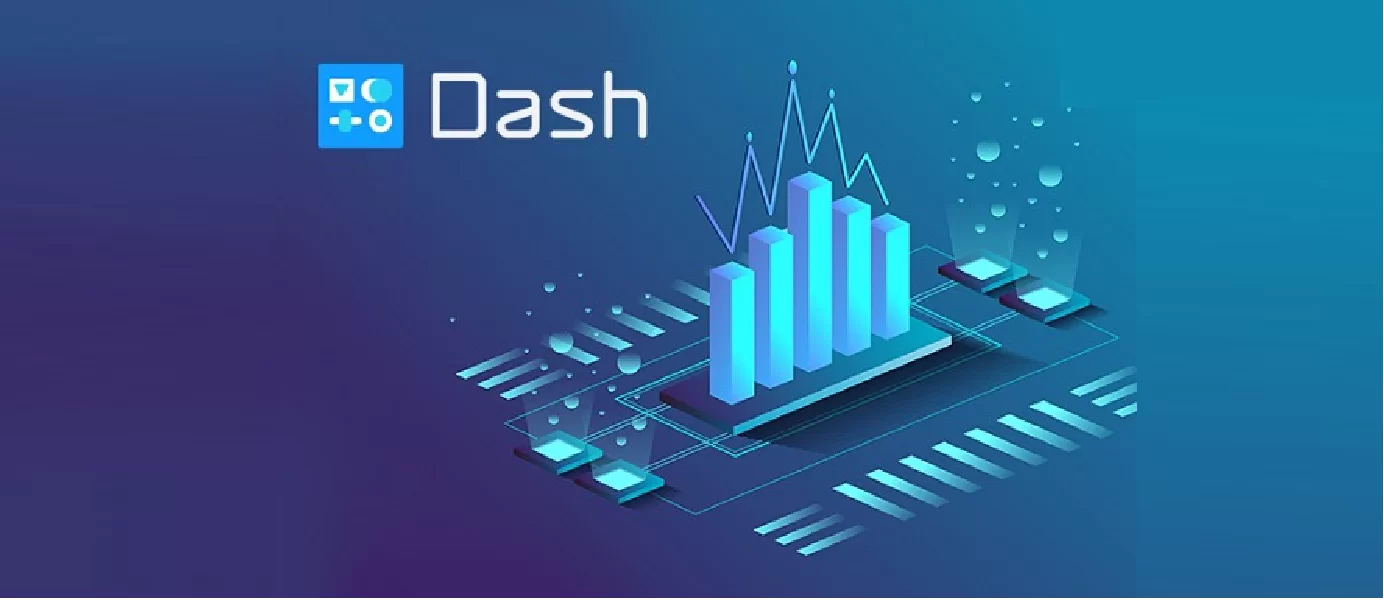Do you want to make a web-based analytics application with interactive graphs and maps? Dash platform is the right way to start your journey with. Dash platform enables data scientists or data analysts or analytics web developers to focus on data and models while producing cutting edge and ready analytics apps that sit on top of R and Python models.
Nowadays, many aspiring data scientists and developers have inclined towards python language for their application development work as well as for building machine learning models. Using the Dash platform you can build apps through Python easily.
When it comes to finding insights from data or storytelling with data through visualization, you would look for features that enable you to build and display all of your work in one place. You can create an Interactive Dashboard where you can show off your skills – you can integrate maps, graphs, tables, dropdown menus, models, etc. through the Dash app.
Advantages of using Python Dash
Let us look at why it is beneficial to use Dash over other web applications for developing analytics applications. Some of the advantages are highlighted below: ·
– Dash is open-source, and its apps run on the web browser.
– Dash uses a Python framework for building web applications. It is built on top of Flask, Plotly. js, React, and React Js. Hence it enables you to build dashboards using pure Python. – Anyone who has a little Python and HTML experience will feel that Dash empowers them to create customized and interactive web-based dashboards without breaking a sweat. To quote the documentation’s Introduction, “Dash is simple enough that you can bind a user interface around your Python code in an afternoon.
– Actually, Dash was made by Plotly’s creators as a way to easily implement a web interface and create dashboards with Plotly without having to learn Javascript, HTML, and other web technologies. With Dash, you don’t make visualizations but you build an interface to display Plotly’s visualizations.
– The basic requirements to make a web application are to have knowledge of HTML, CSS, Javascript but with the Dash platform, all come along. If you are thinking of how to give the design of your application’s layout then you can use dash bootstrap components to give it a premium look just by importing the library into your script. By importing ploty.express or plotly.graph-objects library, you can create an interactive graph or choropleth map by writing just a few lines of code. Thus you can add charts, graphs, plots easily to your analytics applications developed using Python or R.
Now, you must have got a clear understanding of why you should start to make an app through dash for your models developed in Python. You may refer https://dash.plotly.com/ to start your journey in using dash to add attractive and meaningful visualizations for your analytics applications and models.
We would love to hear from you if you are already using a Dash or have started using dash for your analytics or web applications developed in Python, R, or any other language.
Learn Python Programming in Kolkata from Data Brio Academy
Once you become an expert in Python, developing web applications with Dash becomes much easier. Our course of Python Programming in Kolkata is designed in such a way that it’ll make you industry-ready through internships and Capstone projects.
At Data Brio Academy, we understand the importance of practical training. That’s why our curriculum follows a hands-on approach so that you learn to solve real-life business cases using advanced tools and techniques. We also conduct regular workshops to provide a better understanding about the technical applications.
Join us to start to your Python journey. Feel free to call us or send us an email.

